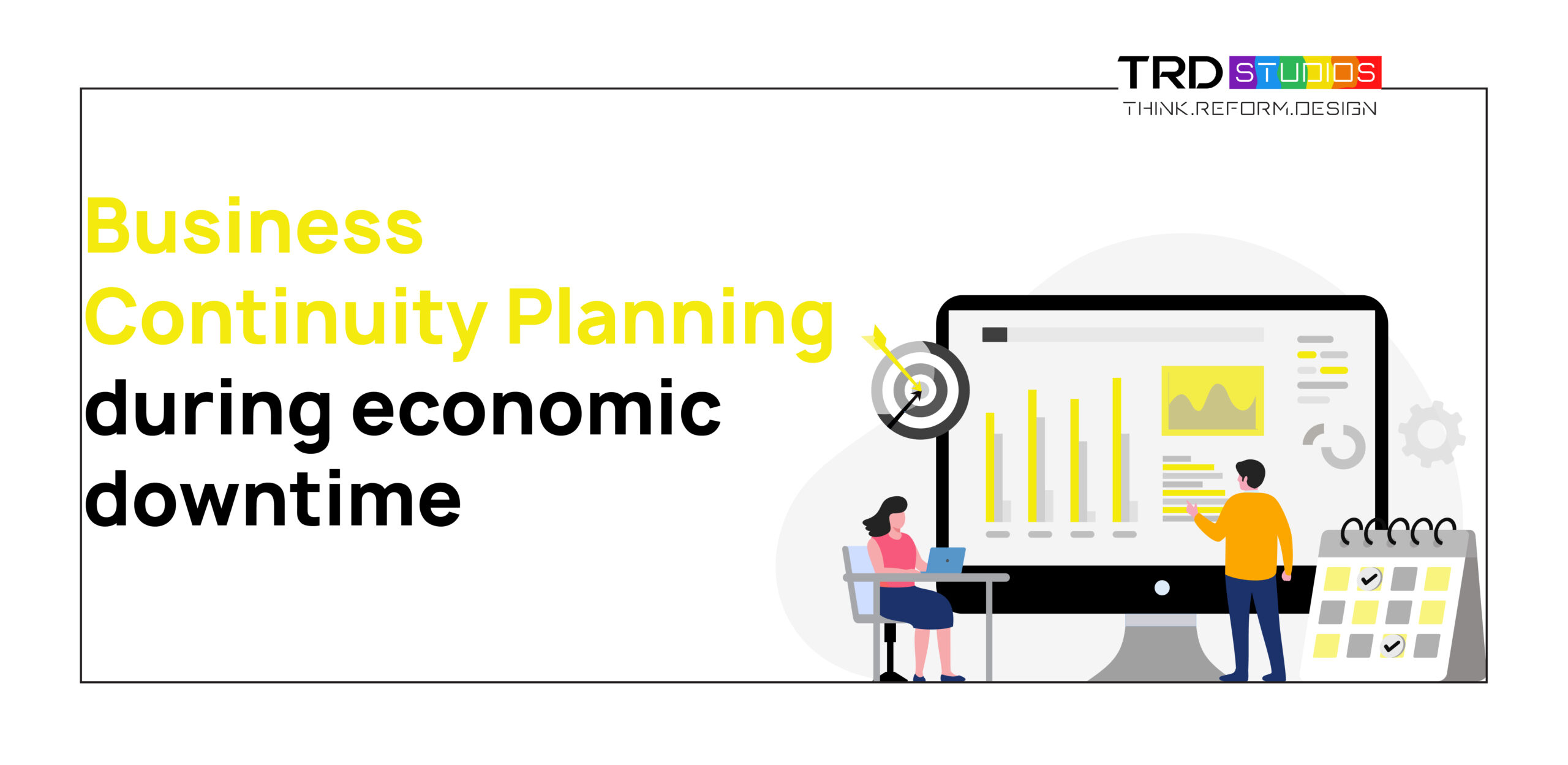In the past few weeks, we have been inundated with a crisis of epic proportions because of the coronavirus pandemic. The crisis has not only taken its toll on hundreds of thousands of lives, but also had its impact on the economic health of countries pushing us all towards a global recession. At this critical juncture, a dialogue around the economic impact of COVID-19 on businesses and possible actions to be taken to soften the upcoming shocks is gaining force.
Business leaders are looking at different aspects of their businesses and the economy, at large, to decide next steps and maintain a semblance of normalcy in their businesses. A general consensus across the board is that this is the time to look inwards– a philosophy followed by many leaders to bring about personal and organizational growth. While there are many areas to consider at this time, the four key aspects we need to start with are-
Team-
As the adage says “Great things in business are never done by one person. They are done by a team of people”, team is one of the biggest assets a brand has.
Teams can propel a brand towards success or bring them crashing down. This rings especially true in times of crisis and the current pandemic is no exception. The Coronavirus pandemic not only impacted the physical and economic health of nations, it also impacted the mental health of teams across organizations, industries and geographies. Besides being anxious about the safety of their families and themselves, employees are now also perturbed by the security of their livelihood. Though a number of brands are taking a public stance against termination of employment at this time, job security will remain a concern for employees for the foreseeable future.
In view of this situation, it is imperative that leaders emanate an air of reassurance and security. A few things we can do to boost team morale are as follows.
- Touch base with your team as often as possible
- Maintain an open and transparent line of communication
- Encourage feedback and be clear on expectations
- Focus of performance and give recognition
- Create a positive company culture
Customers-
“There is only one valid definition of business purpose: to create a customer. It is the customer who determines what a business is. The customer is the foundation of a business and keeps it in existence.”- Peter Drucker, The Practice of Management.
A brand’s relationship with its customers is central to the purpose of its business and this relationship is facilitated by continuous and consistent communication. Since the advent of the Coronavirus pandemic, a lot of discussion has centered around the question “Is Marketing an essential activity at this time?”. While experts hold diverse views on this, maintaining a reassuring and consistent communication with current and prospective customers seems to be a recurrent theme.
Some steps we can take to ensure consistency in communication are-
- Look within your brand
- Understand what your brand stands for
- Assess customer’s perception of your brand
- Create high-impact communication regarding your brand’s ideologies
- Reinforce said ideologies through different communication channels
Finances
At one point or other, we have all heard the adage “Money is the lifeblood of any business”. It is also one of the most impacted areas of a business during a crisis. Most businesses are predicting a considerable drop in their revenues in the coming months. This has led most businesses to reconsider and review their cost heads.
This reconsideration has, in turn, led to a number of cost cutting measures such as termination of employment, suspension of hiring, revaluation of contracts etc. Every business is taking a second, even a third, look at all cost heads, starting with the variable costs. In the midst of all this, a school of business leaders have come up with a slightly different solution to this challenge. Following are some of the cost cutting measures suggested by these business leaders.
- Take a detailed and discerning look at the Fixed Costs
- Consider investing in technologies that decrease dependencies
- Look deeper into technological and other solutions that boosts efficiency
- Invest in complete System Design to get rid of overheads
Investors-
Last but not the least, one of the most important driving forces behind a business is the pool of investors. Benjamin Graham said “Even the intelligent investor is likely to need considerable will power to keep from following the crowd”. Though investors are adept at managing risks, a global crisis can make them anxious about the health of their investment.
In times like this, it becomes imperative that the leadership team do their best in alleviating as much fear as possible. This can be achieved by taking the following steps.
- Touch base with your investors as often as possible
- Apprise your investors of all the cost cutting measures you are undertaking
- Share your contingency plan(s)
- Create a business continuity plan together
While we all are striving our best to ensure efficient business continuity, we have to concede that right now is the time for people over profit. So, let’s take advantage of this opportunity, Go back to the drawing board, Reassess our brands and Come out of this stronger.




